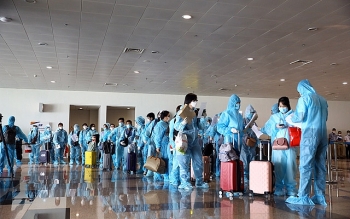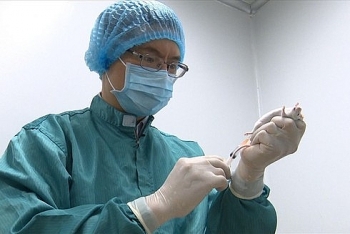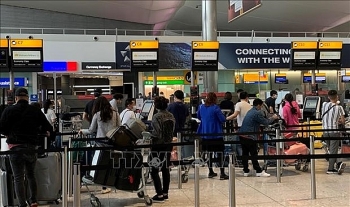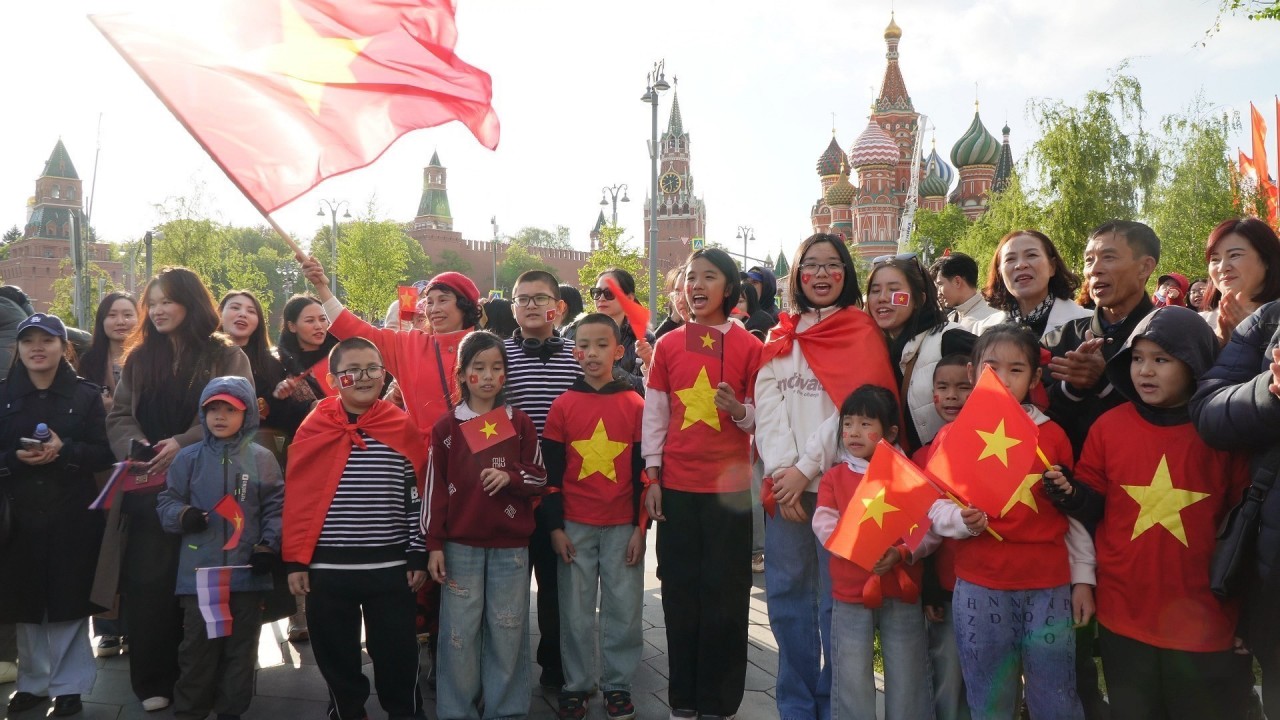Thousands of overseas Vietnamese repatriate for early pre-Tet quarantine
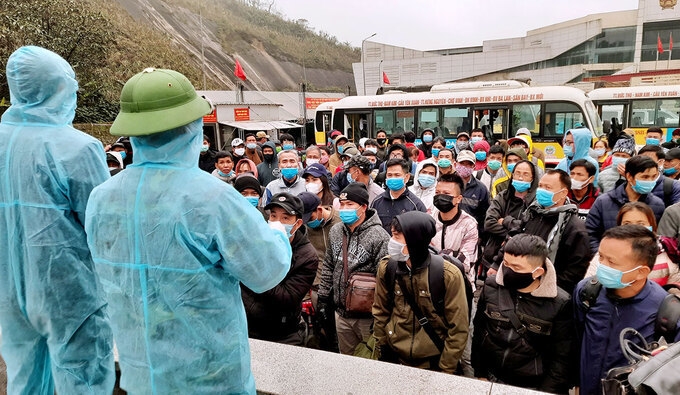 |
| Vietnamese workers returning from Laos and Thailand listen to quarantine regulations at Cau Treo border gate in Ha Tinh Province, central Vietnam, January 17, 2020. Photo: VNE |
On Saturday afternoon, hundreds of Vietnamese workers from the two countries were gathered at an entry point at the Cau Treo international border station in Ha Tinh Province, waiting to submit their medical declarations, VNE reported.
They wore face masks and stood in line, listening to Covid-19 prevention regulations announced by authorities as their luggage was placed in the middle of an empty lot for medical staff to spray disinfectant chemicals.
They had their body temperatures checked and then got on buses to a centralized isolation facility for the 14-day quarantine mandated by the Health Ministry’s protocol.
While waiting for his turn to go through the medical declaration procedures, 56-year-old Tran Van Be from the central province of Nghe An called his relatives.
Be has been a construction worker in Laos for seven years. Before Covid-19 times, he used to return home three times a year to visit his wife and children.
Since early last year, when the pandemic broke out and spread quickly, Be was stuck in Laos, and this was the first opportunity he was taking to reunite with his family.
Be said that in previous years, he would work extra hard at this time to augment his earnings, but of late, the income of part-time workers in Laos has been unstable because of the pandemic’s impacts.
"So I decided to return home to celebrate Tet early."
Tet, which falls mid-February this year, is the biggest and most important festival in Vietnam for which millions of migrant workers from different parts of the world return to their homes.
Before returning home, the workers had registered with the Vietnamese Embassy in Laos, directly or online. After three or four days, they received notification of the re-entry schedule, Be said.
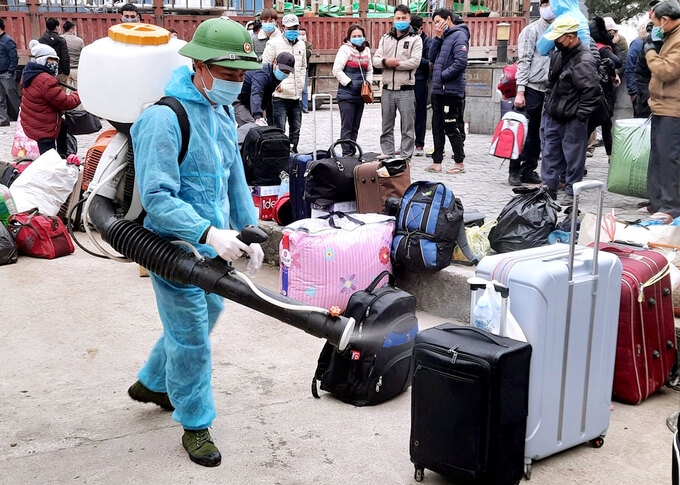 |
| A medical staff disinfects luggage of Vietnamese workers in Ha Tinh Province, January 17, 2021. Photo: VNE |
Having undergone seven days at a centralized quarantine facility of the Cau Treo border gate along with 300 others, Phan Thanh Nha, 25, a native of Ha Tinh, said the first test of his samples had returned negative for the novel coronavirus.
Nha said he was waiting for the second test on the last day of the quarantine so that he could return home to reunite with his family.
A week after returning to Vietnam, Nhan said he felt comfortable, but he was very eager to meet his parents, because he had only been able to chat with them via social networks for the last seven months.
Nhan has worked in Laos for VND8 million ($346) a month and if he worked overtime towards the end of the year, this would go up to more than VND10 million.
"If I still stayed in Laos to continue working at this time, I might have to go home late after the 14-day quarantine and be unable to celebrate Tet with my family," he said. "It’s time for family reunion and for helping my parents clean up the house to prepare for Tet."
"Returning to Vietnam from abroad at the beginning of lunar December is the most reasonable way. After completing the quarantine, people have about two weeks to prepare for Tet," he said.
Major Tran Van Song, head of the Cau Treo border gate station, said that since the beginning of January, more than 200 people have been entering the country every day, all undergoing medical examinations and being taken to centralized quarantine facilities.
His unit has set up eight key checkpoints at the border area and along two sides of Cau Treo border gate to prevent people trying to sneak through illegally via unmanned paths and trails to avoid being sent to quarantine camps," Song said.
Vietnam closed its borders in March last year and banned the entry of foreign nationals except those with diplomatic or official passports and high-skilled workers who’d been permitted to come.
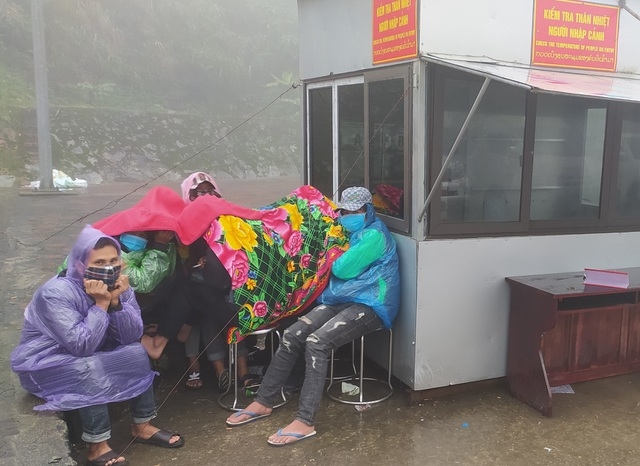 |
| Repatriated workers waiting for their turn to get body temperature checked. Photo: Dan Tri |
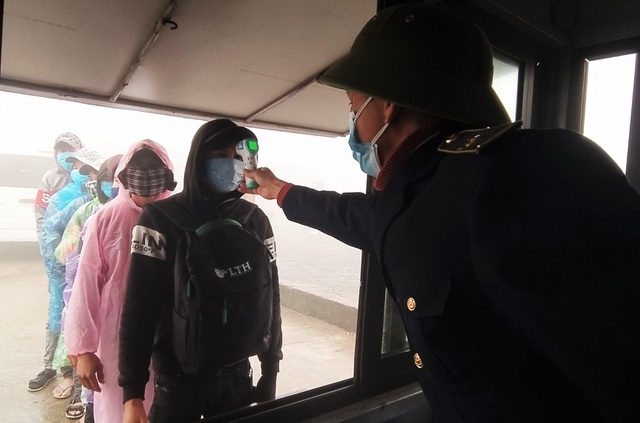 |
| Health officials checking on returnees' body temperature. Photo: Dan Tri |
Border troops detained 31,460 people who tried to illegally enter the country last year as the government stepped up prevention efforts, including border closures, to combat Covid-19. These included 25,000 people entering from China and the rest from Laos and Cambodia.
With the pandemic situation worsening in many Southeast Asian countries while Vietnam has successfully contained outbreaks, many Vietnamese want to return home, officials have said.
The Ministry of National Defense has also ordered the military to bolster troop numbers along borders to prevent illegal entry, since a large number of Vietnamese working in neighboring countries like Laos, Cambodia, Thailand and China would seek to return home for Tet.
According to the International Organization for Migration, nearly 100,000 citizens have left Vietnam, which has a workforce of around 50 million, to live and work in more developed nations. Most of them go for labor-intensive and low-skilled jobs.
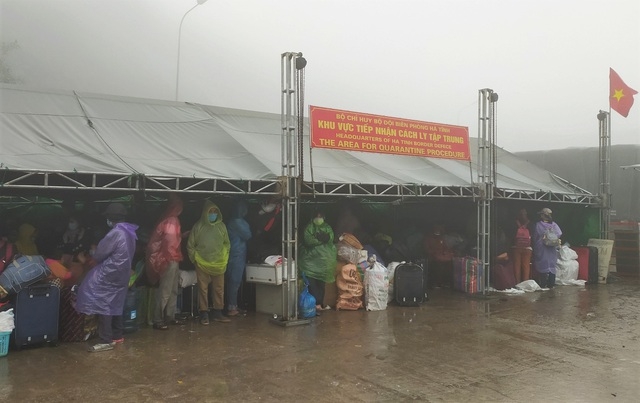 |
| Groups of returnees waiting before transfered to quarantine zone. Photo: Dan Tri |
| As of January 18, the number of COVID-19 cases in Vietnam remains at 1,537 as no new infections were reported between 6 pm on January 16 and 6 pm on January 17. That includes 693 cases of domestic transmission, according to the National Steering Committee for COVID-19 Prevention and Control. 1,380 patients have recovered from the disease while the number of related fatalities is still kept at 35. Ten of those still under treatment have tested negative for SARS-CoV-2, the virus that causes COVID-19, once, another ten twice, and ten others thrice. There are 17,954 people having close contact with confirmed cases or coming from pandemic-hit regions in quarantine at present. The National Steering Committee for COVID-19 Prevention and Control on Friday ordered subordinate levels to strictly control borders in order to absolutely prevent illegal entrants, according to VGP. |
| Tet is the biggest and most important festival in Vietnam. It is a time when millions of migrant workers return to their homes in the countryside from major cities to mark the coming of the Lunar New Year with loved ones. The Lunar New Year is also celebrated by several other Asian communities around the world. |
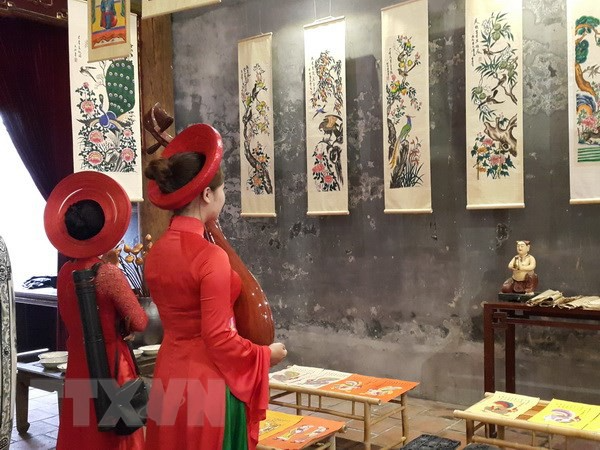 | Hanoi to recreate traditional Tet Holiday in Hanoi's Old Quarter A series of cultural activities will be recreated specially for Vietnam’s traditional Lunar New Year festival, known as Tet, which will take place throughout Hanoi’s ... |
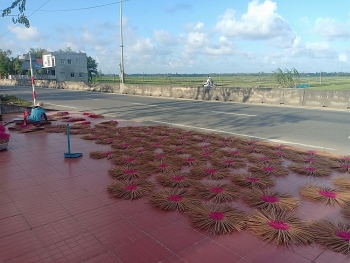 | Quan Huong craft village busy churning out incense ahead of Lunar New Year Known for the one-hundred-year-old tradition of making incense, Quan Huong craft village is working round the clock to meet hundreds of orders as the Lunar ... |
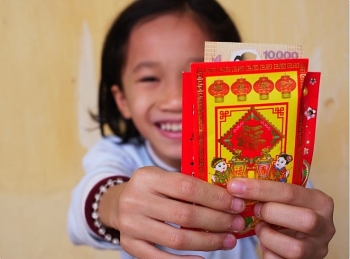 | New small banknotes hunted for New Year lucky money in Vietnam While Tết holiday (Lunar New Year) is just around the corner, exchange services for new small banknotes are booming ahead one month in Vietnam. |
Recommended
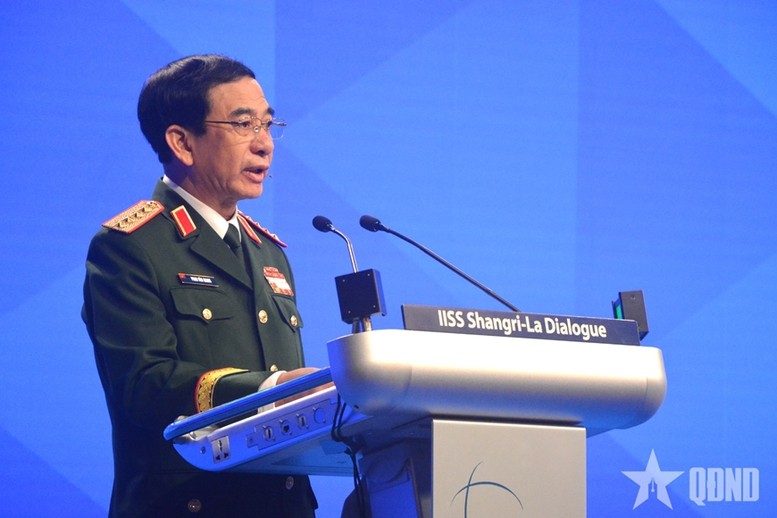 National
National
Shangri-La Dialogue 22: Vietnam Highlights Some Issues of Ensuring Stability in a Competitive World
 National
National
Vietnam News Today (Jun. 3): PM Pham Minh Chinh to Attend UN Ocean Conference, Visit Estonia, Sweden
 National
National
Vietnam News Today (Jun. 2): Vietnamese Trade Mission Sounds Out Business Opportunities in United States
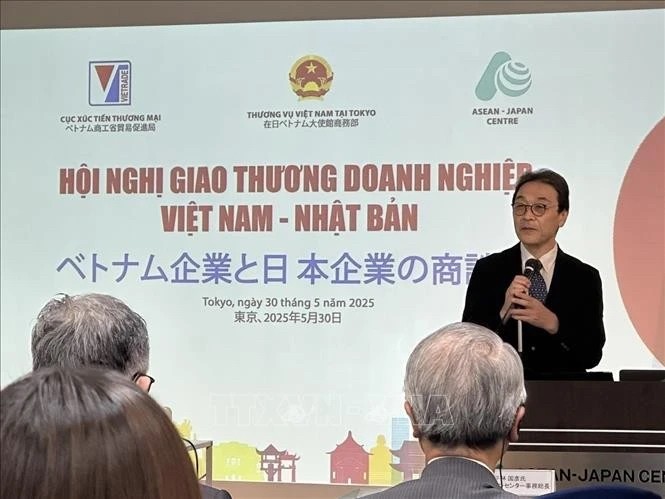 National
National
Vietnam News Today (Jun. 1): Vietnamese, Japanese Firms Foster Partnership
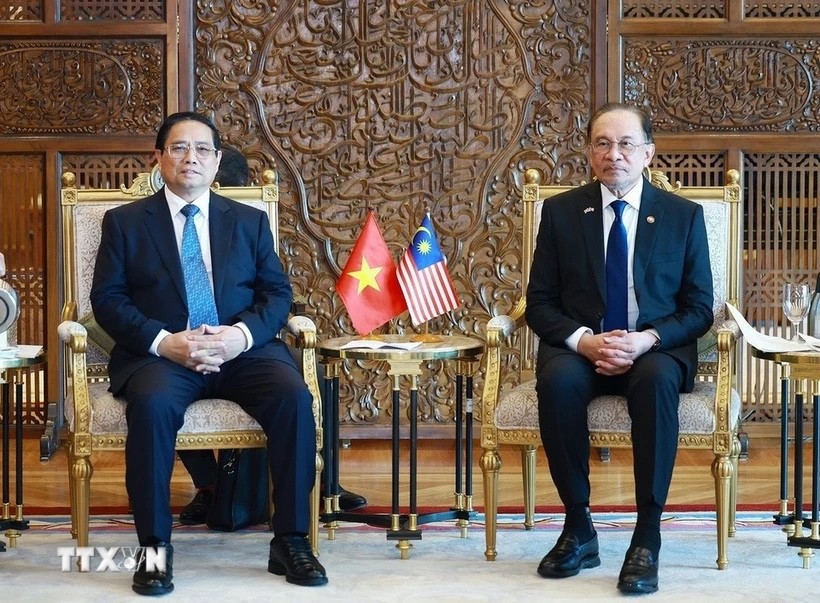 National
National
Vietnam News Today (May 31): Vietnam Strongly Supports Laos’s National Development
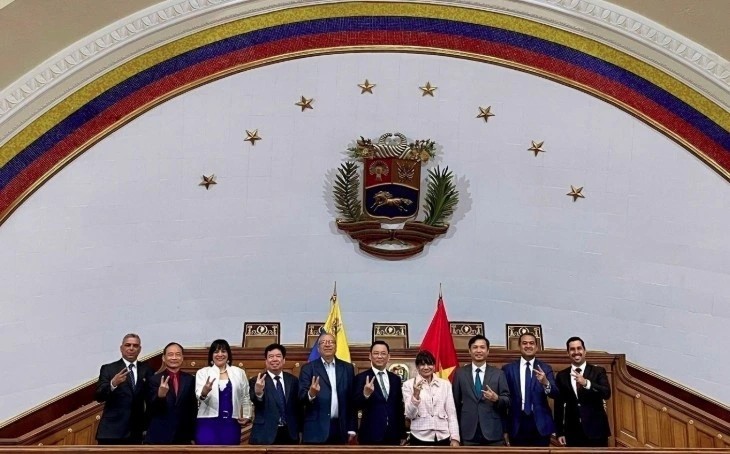 National
National
Vietnam News Today (May 30): Vietnam, Venezuela Reinforce Ties Through People-to-people Diplomacy
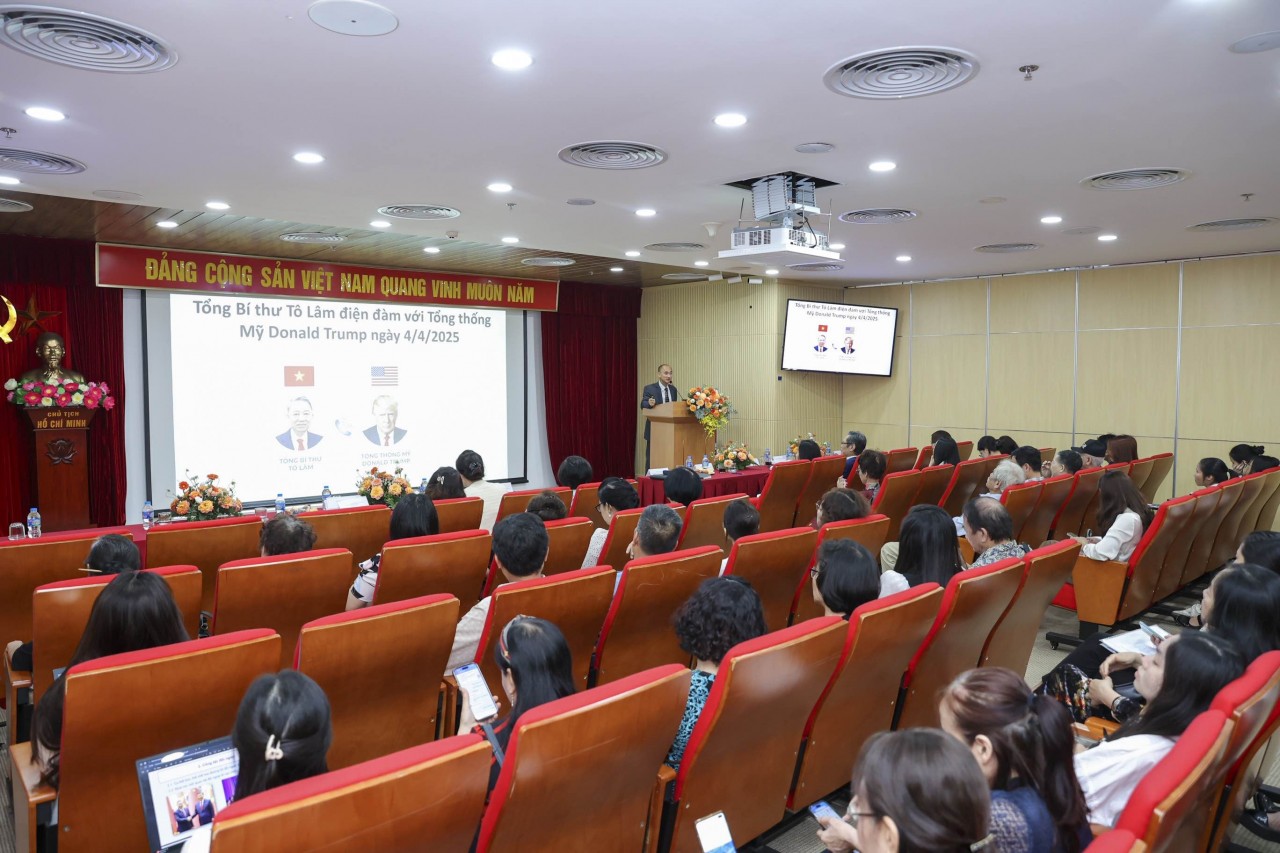 National
National
Vietnam News Today (May 29): Vietnam and Hungary to Expand Cooperation into New Areas
 National
National

